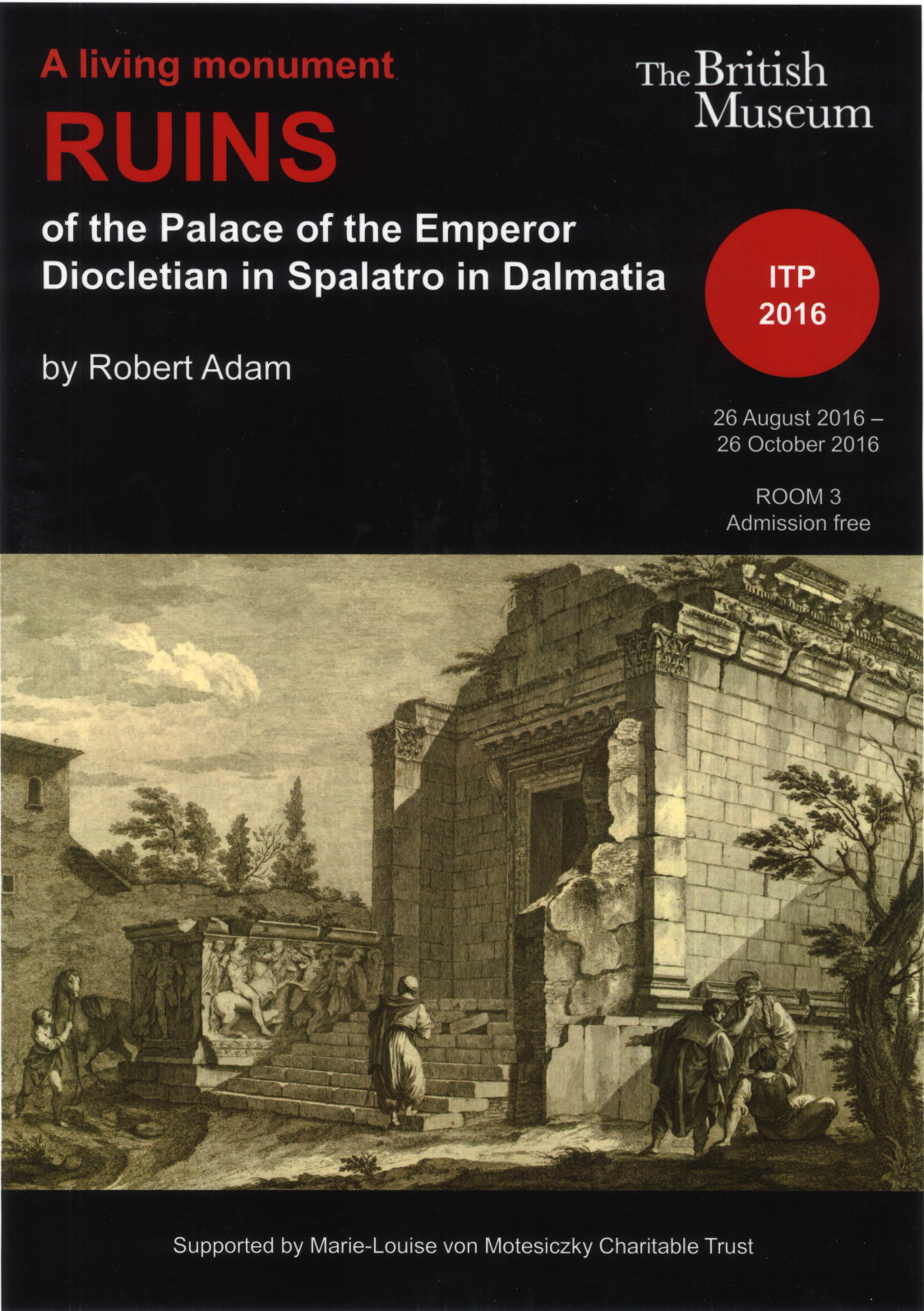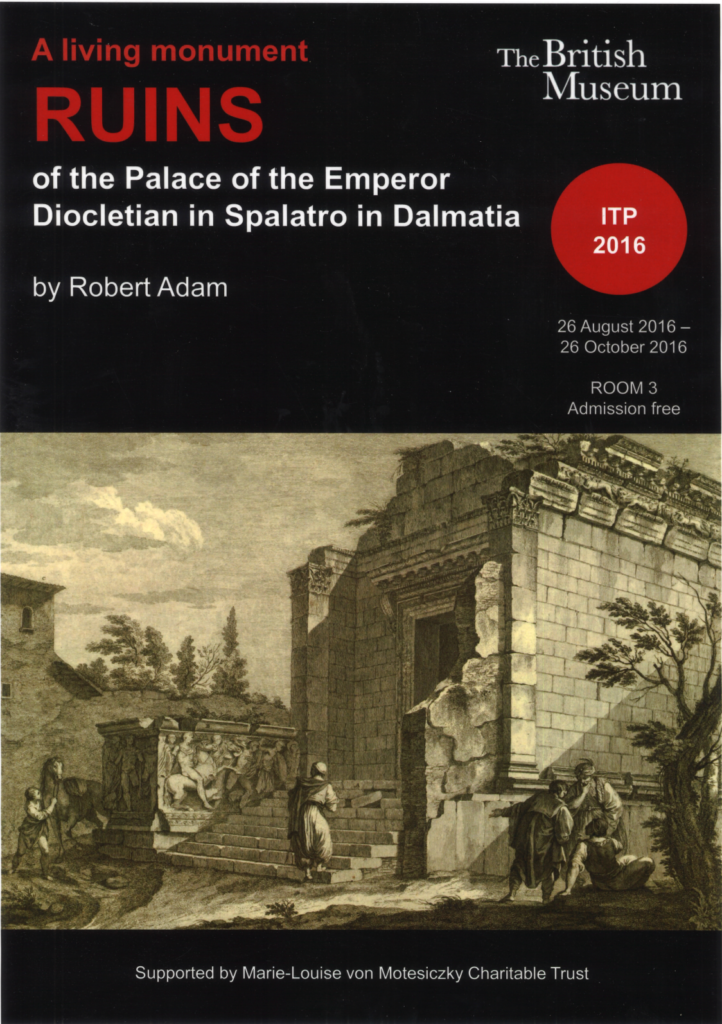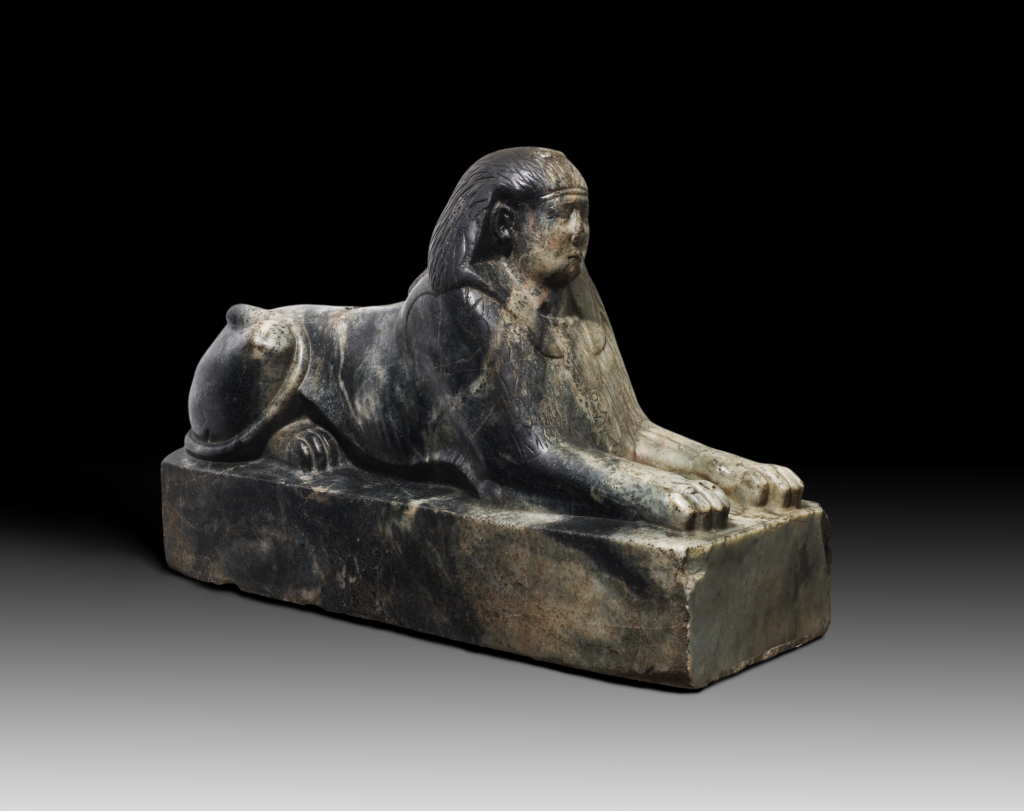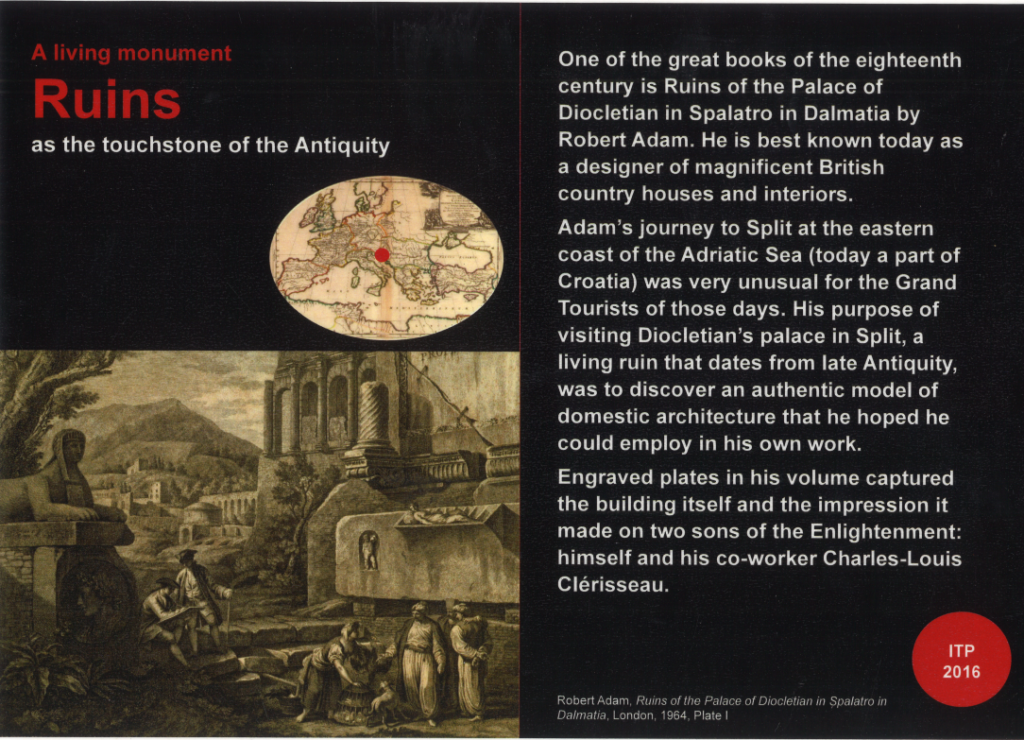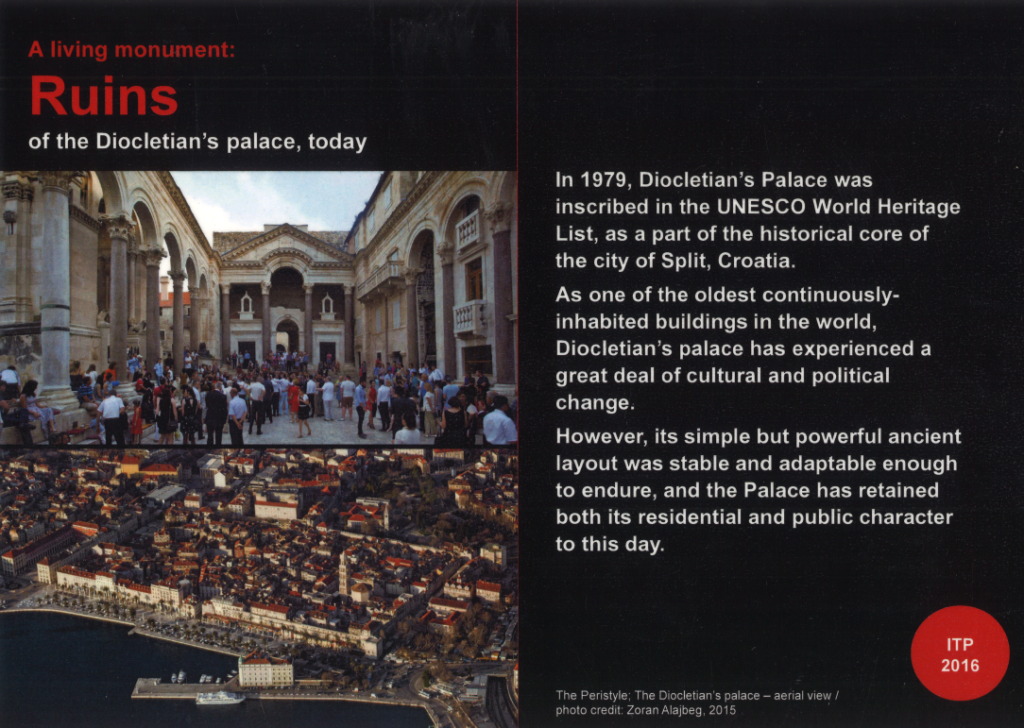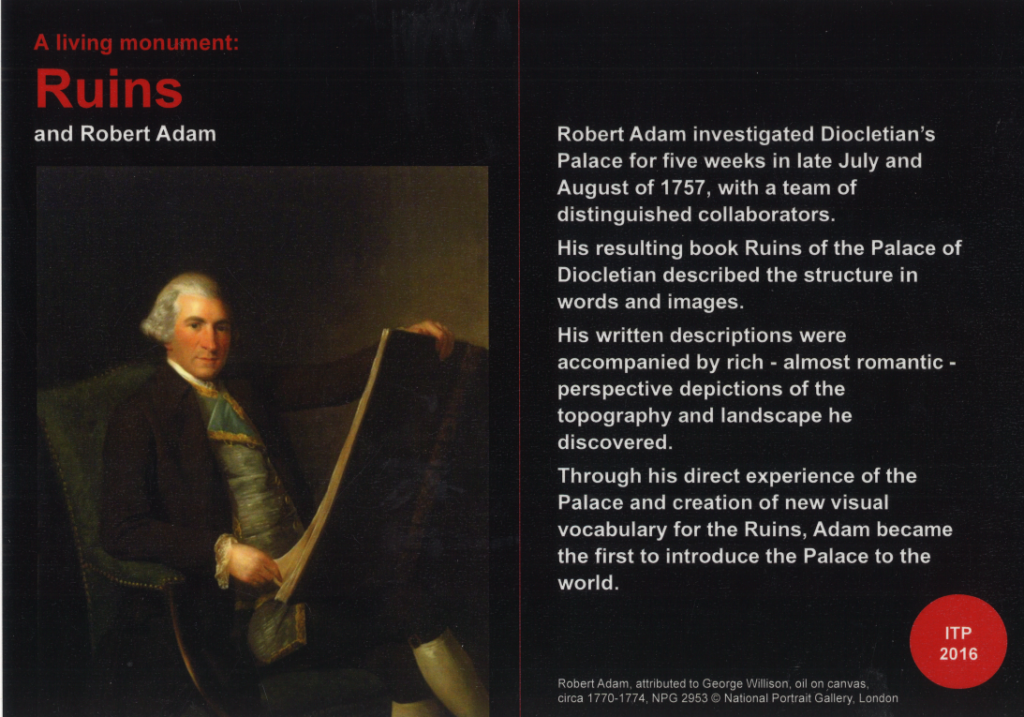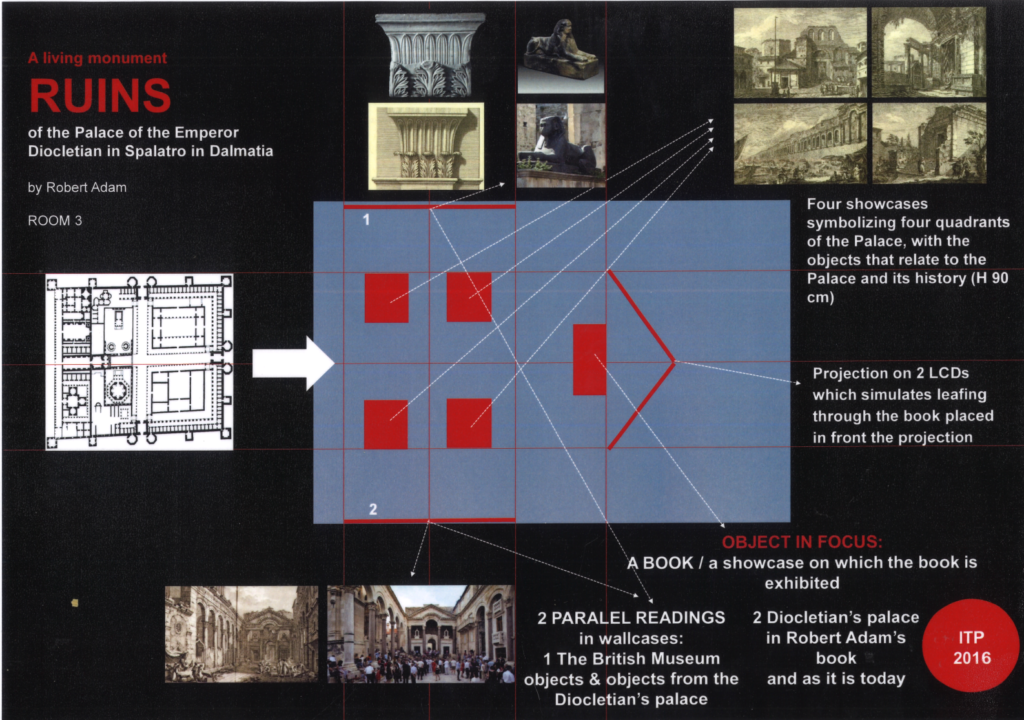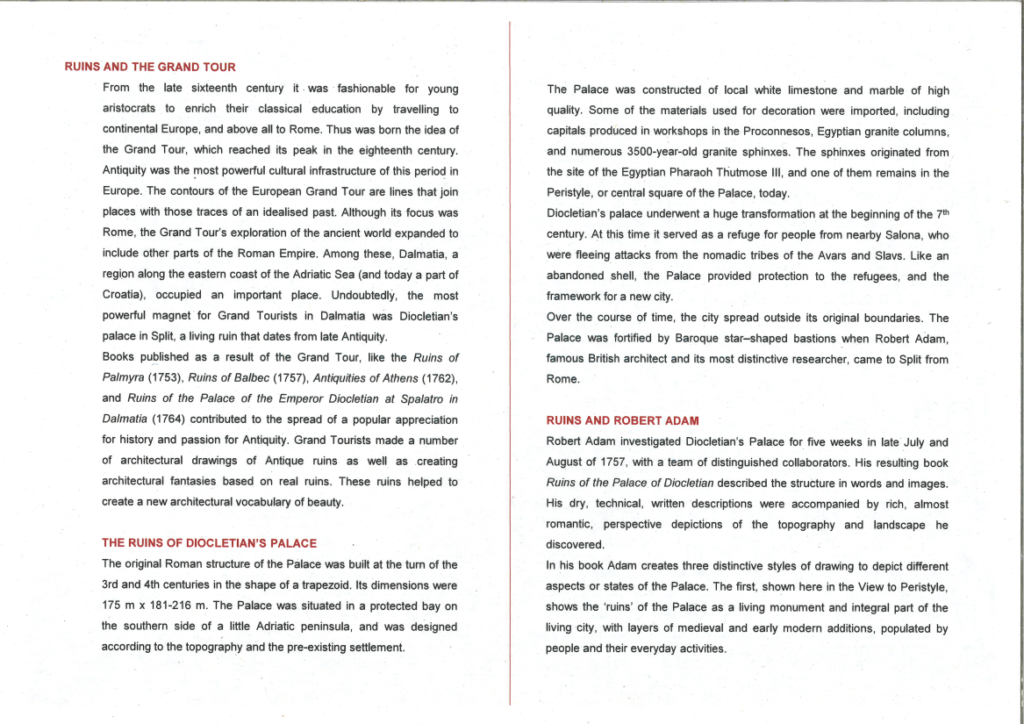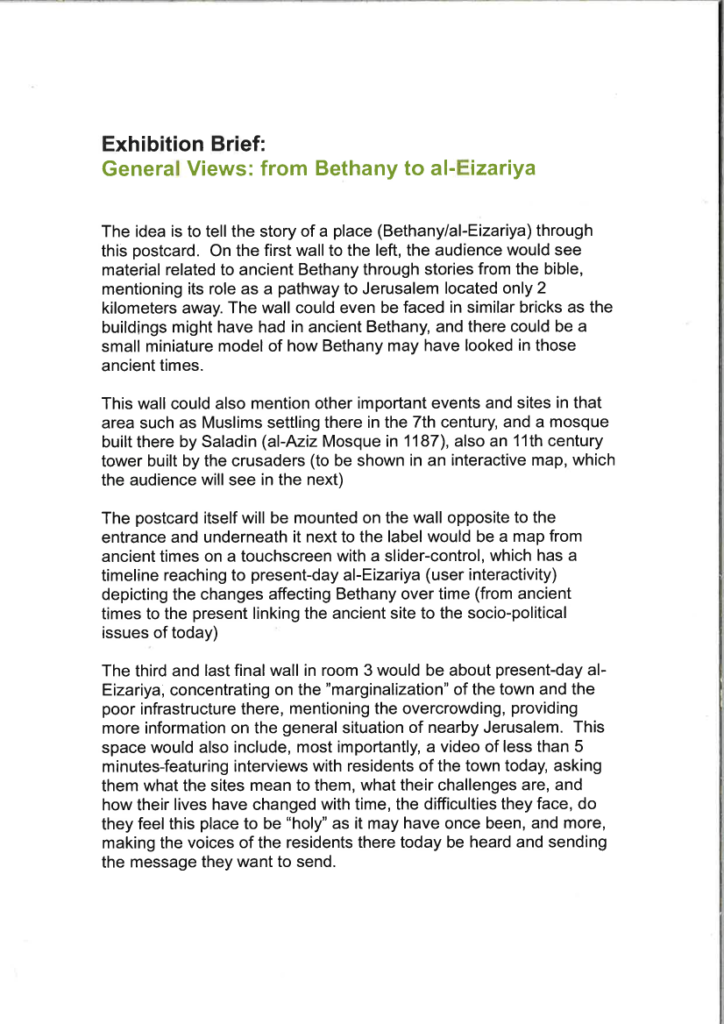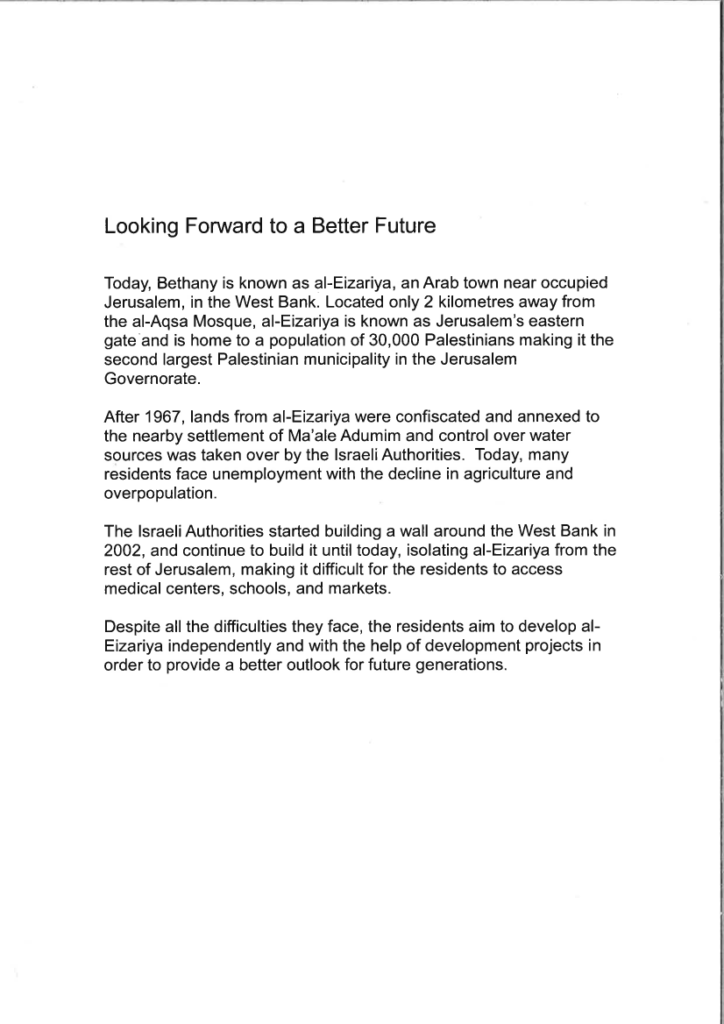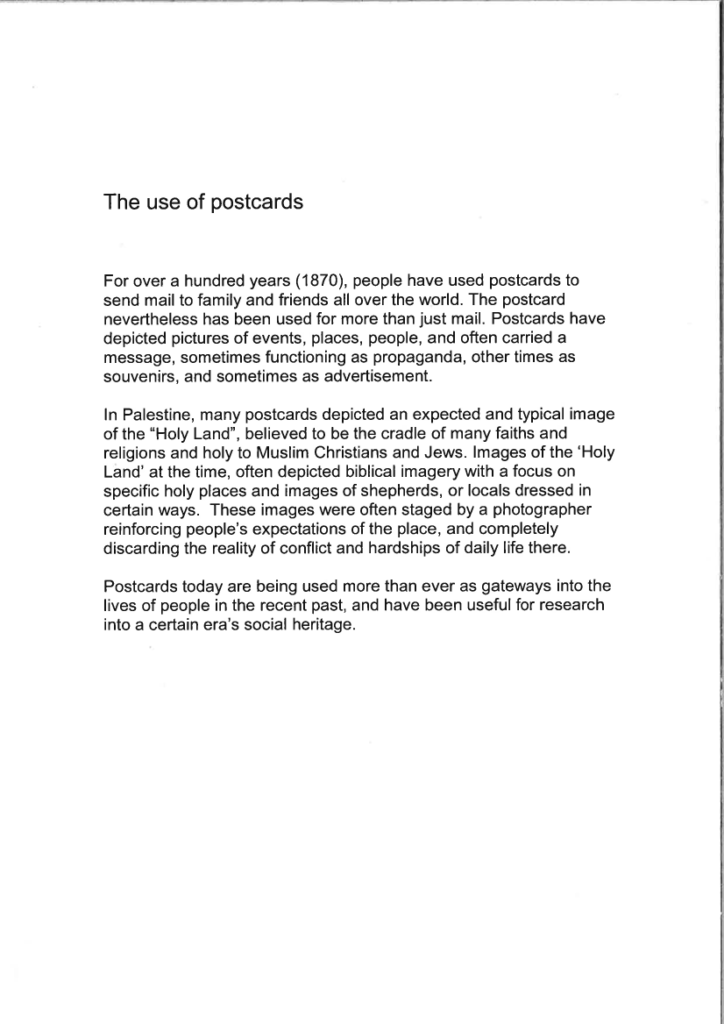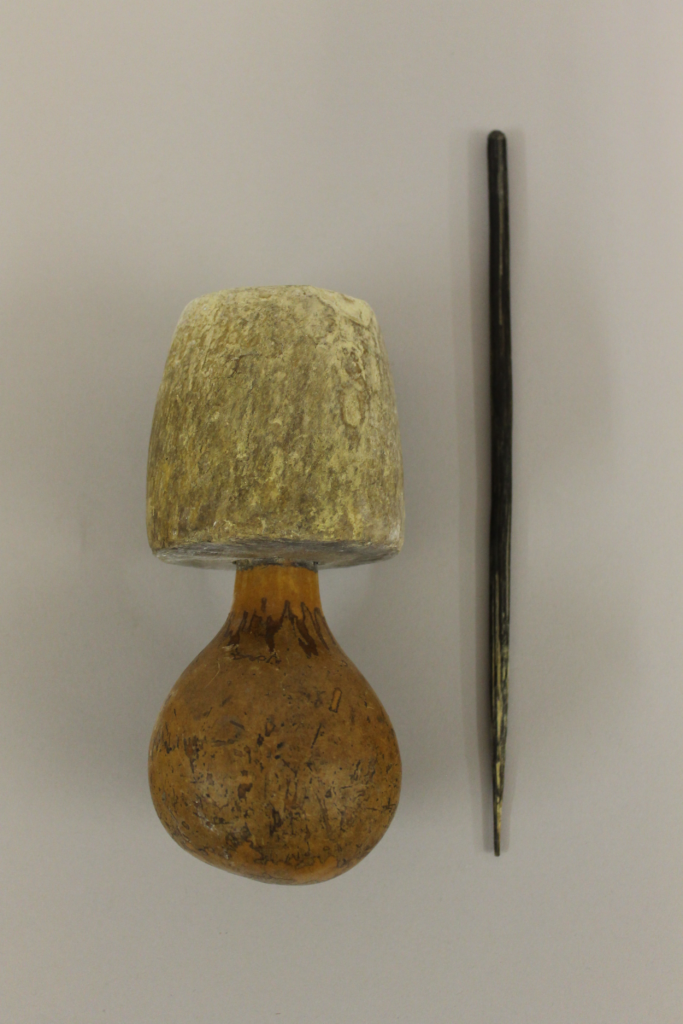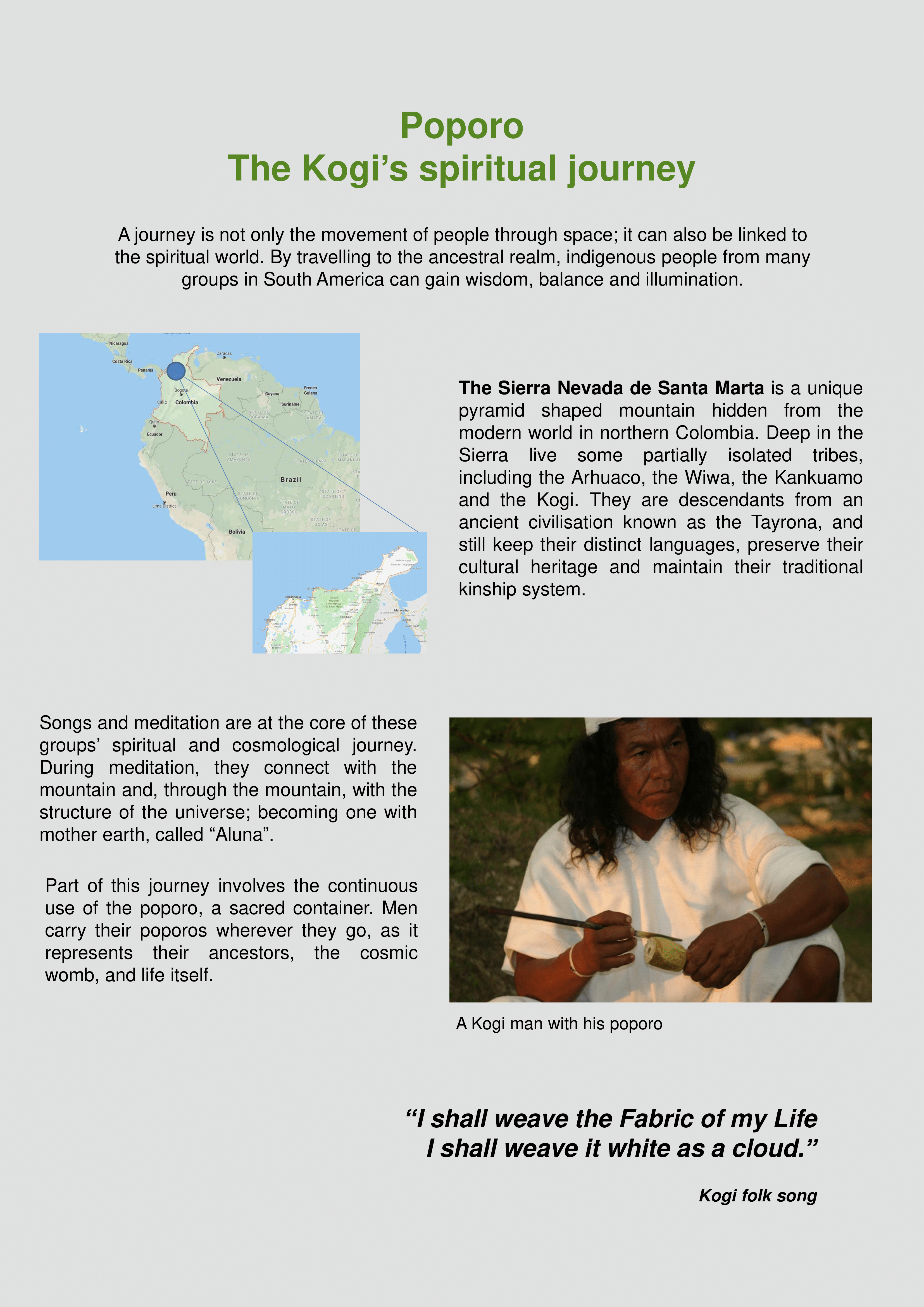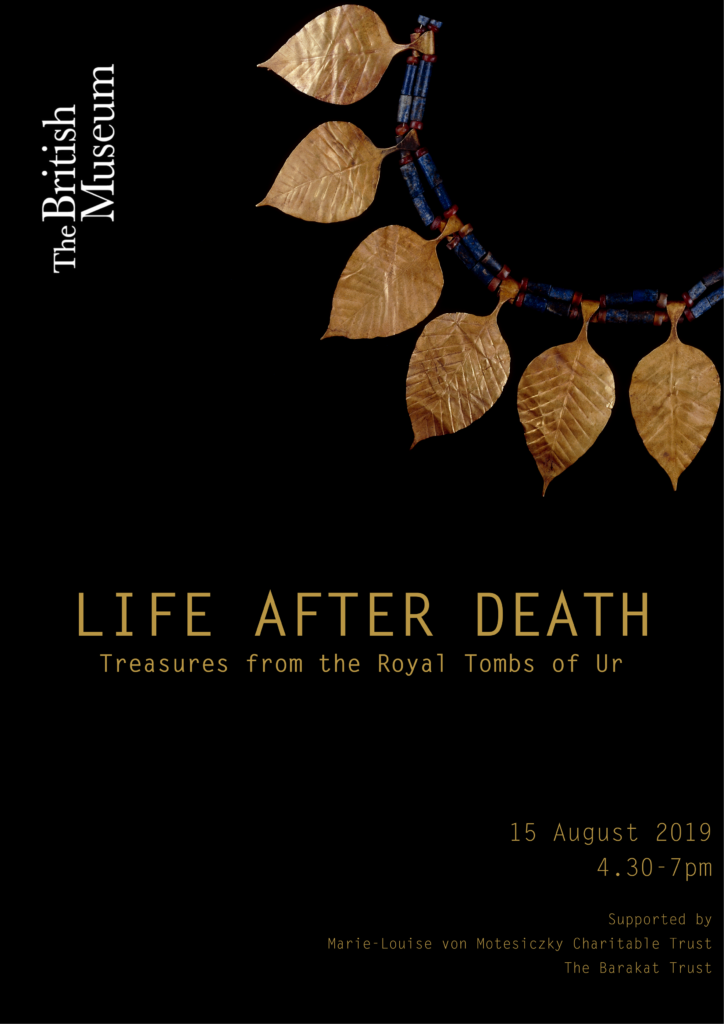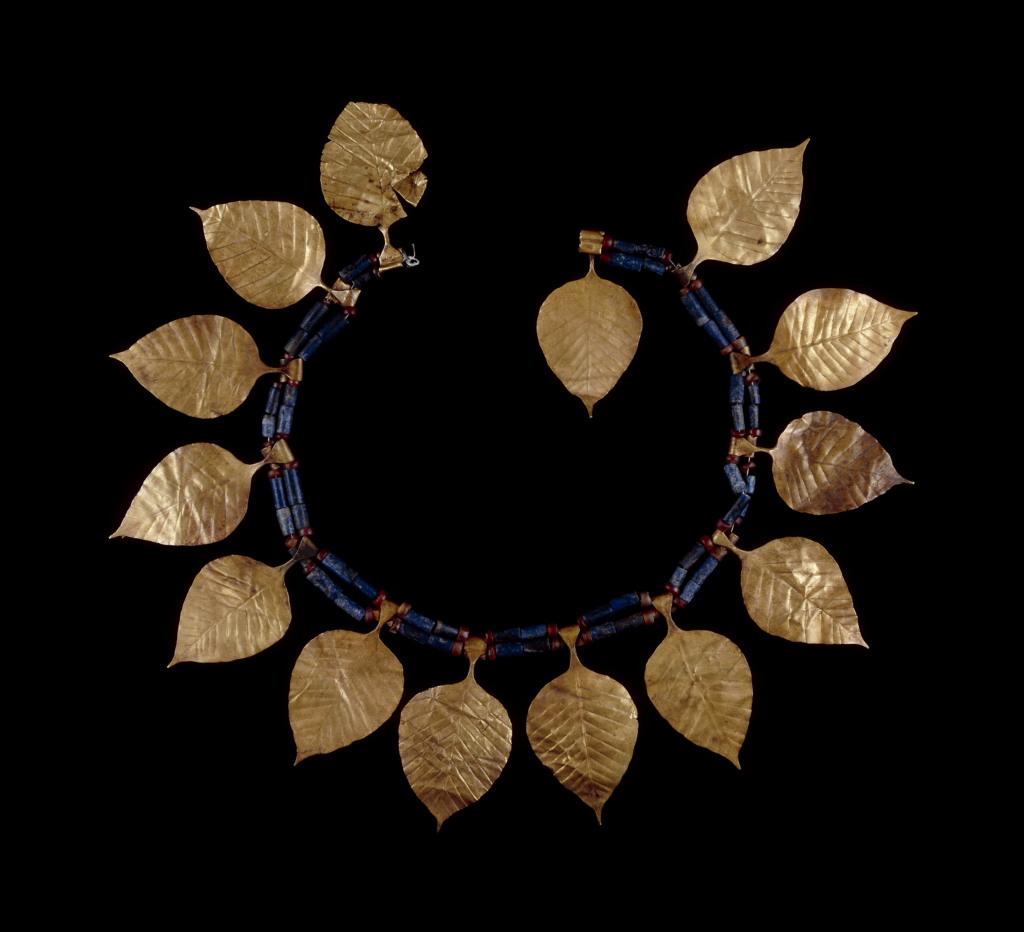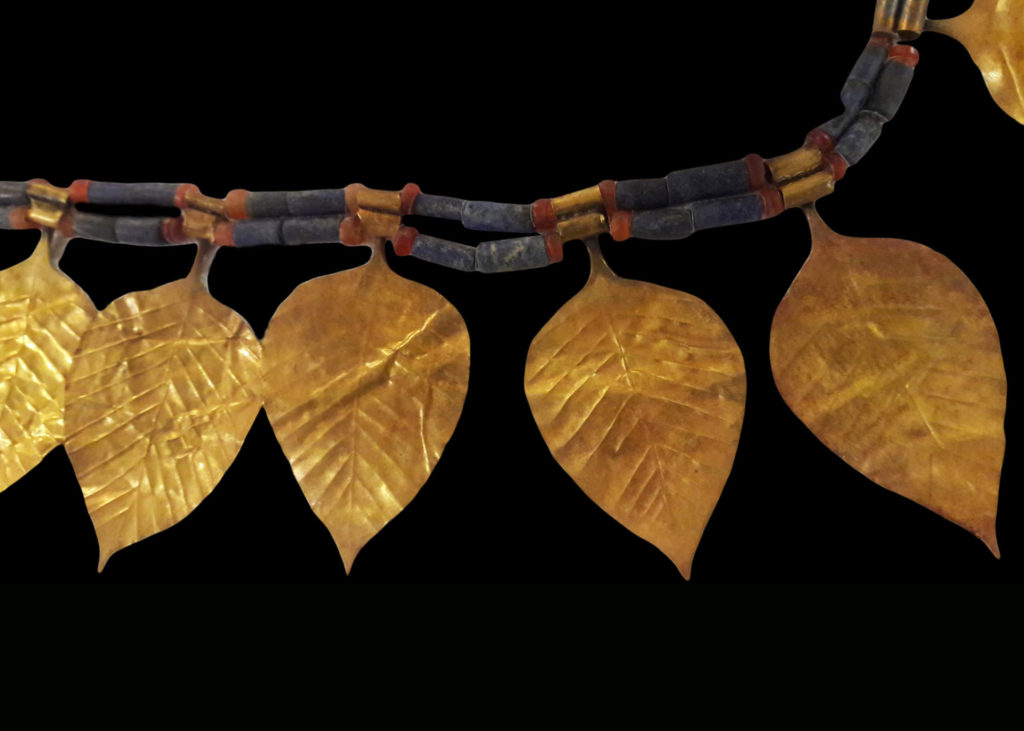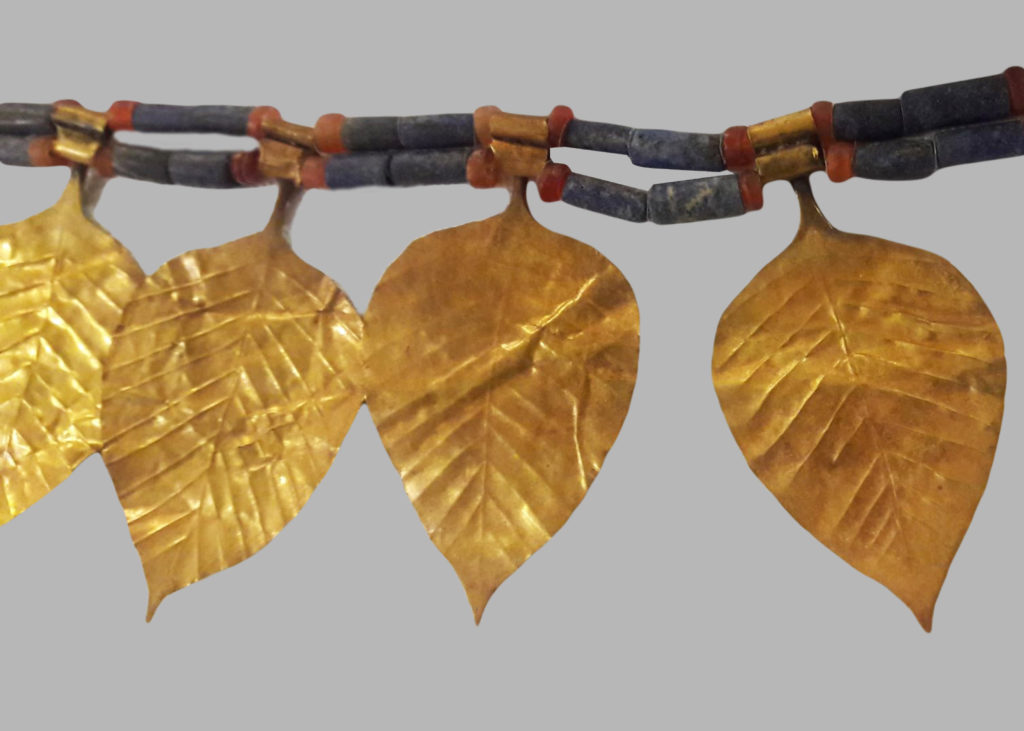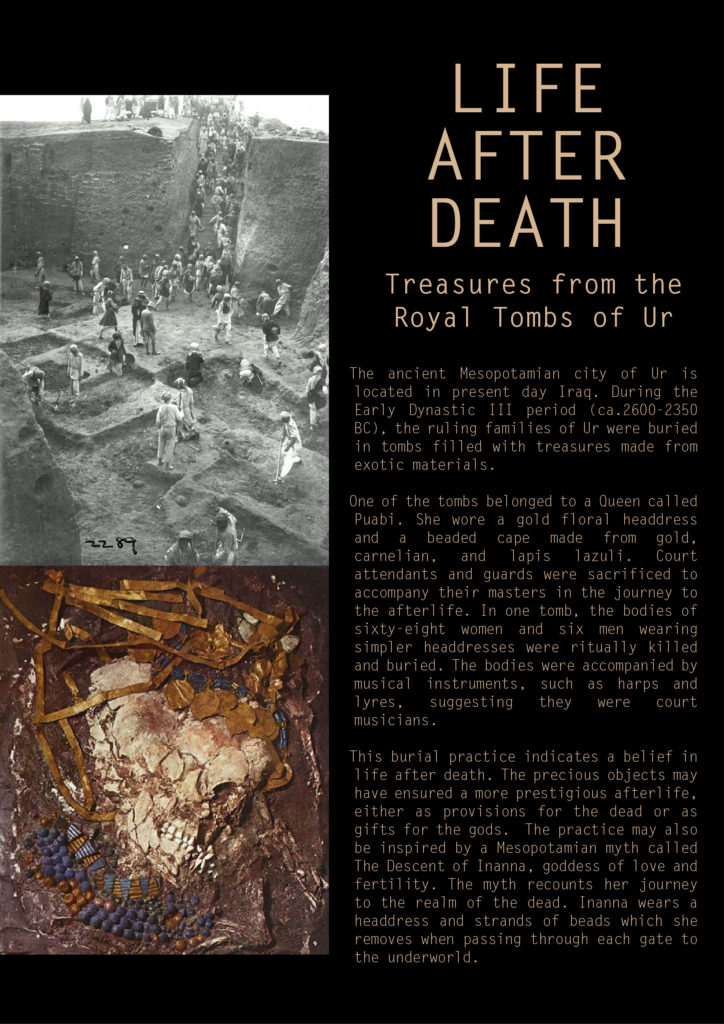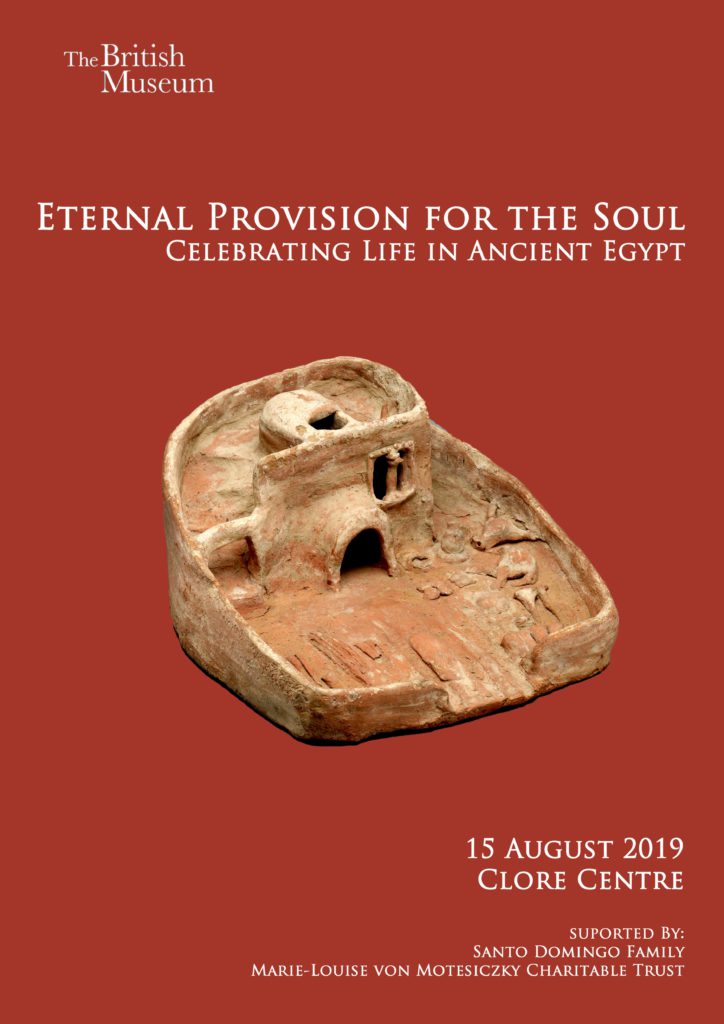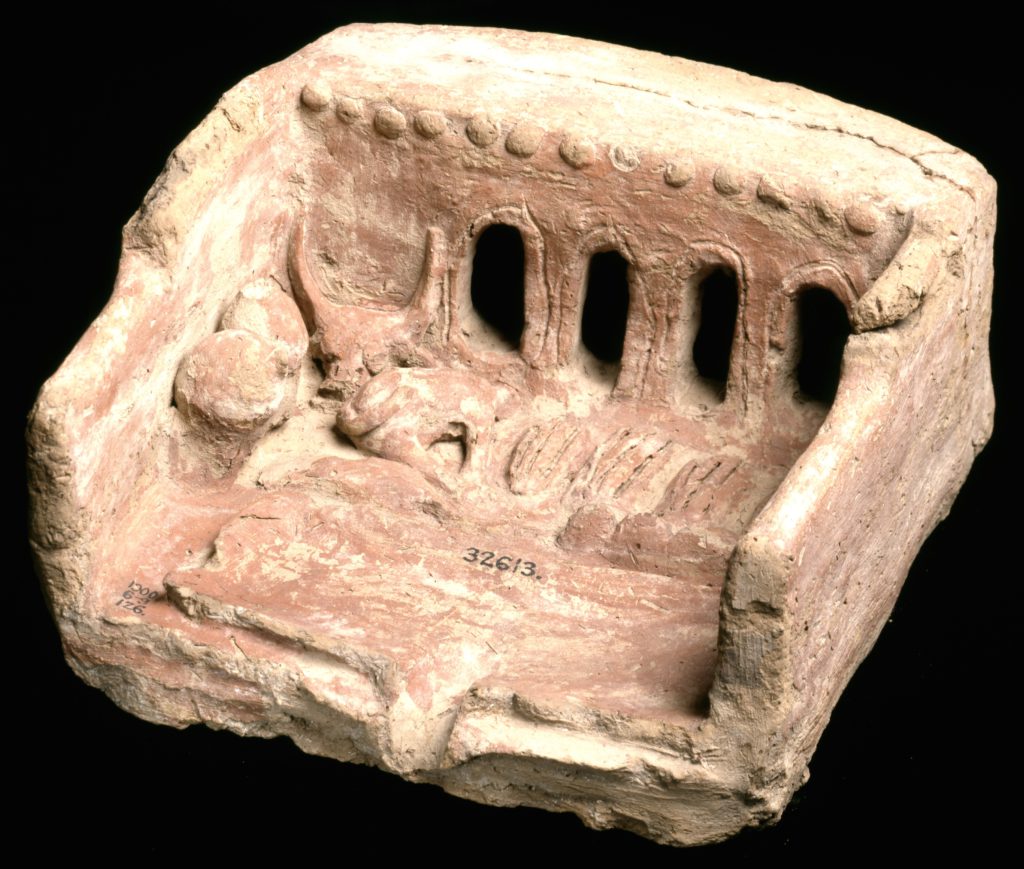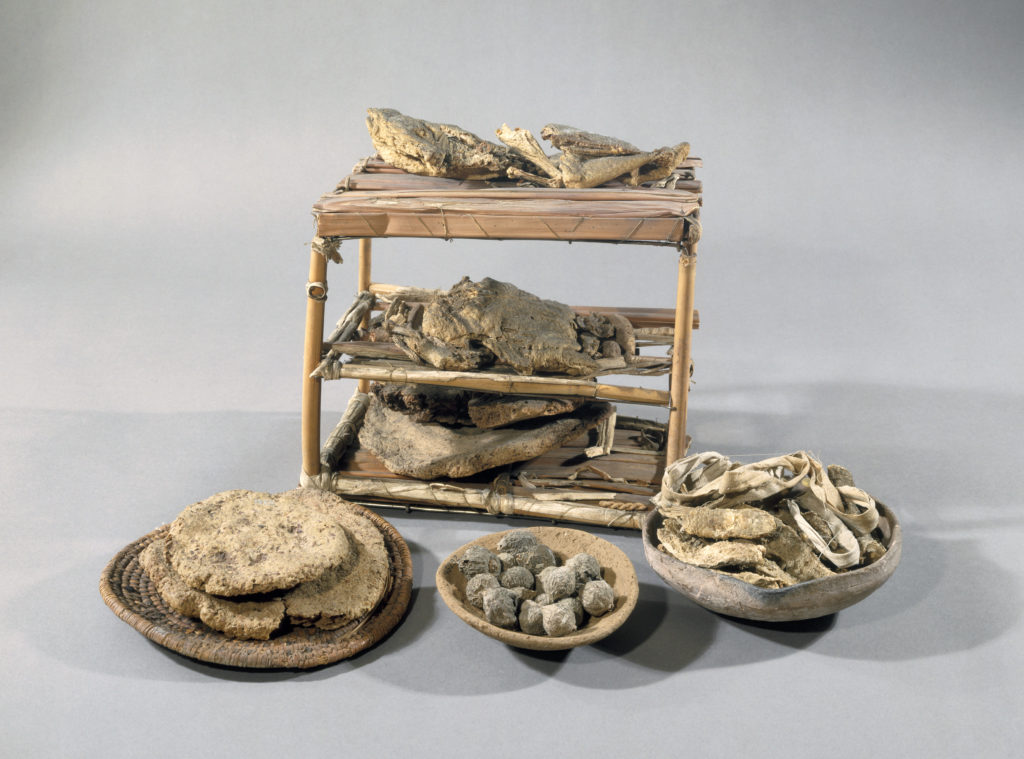General Views
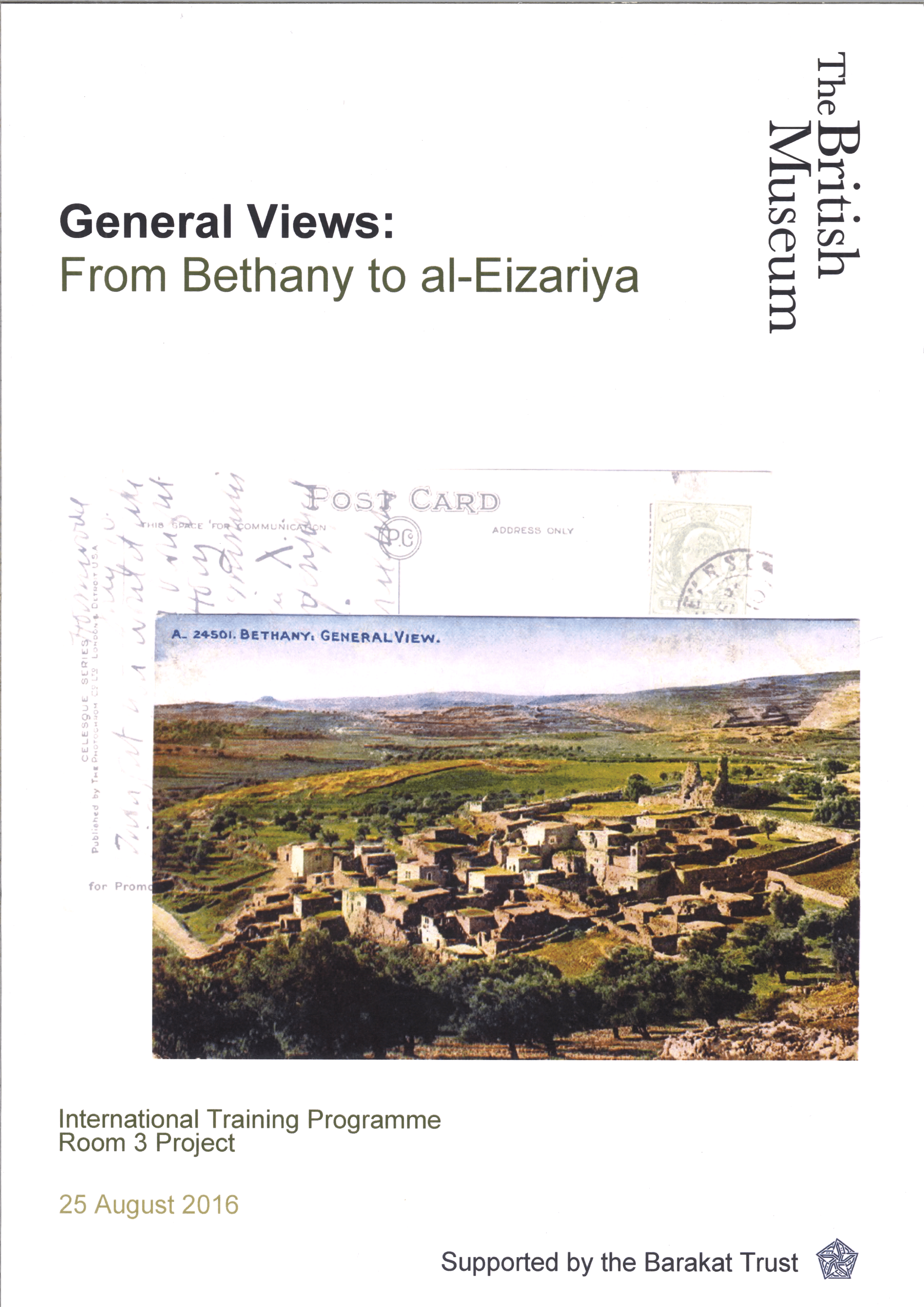
From Bethany to al-Eizariya
Exhibit Curator:
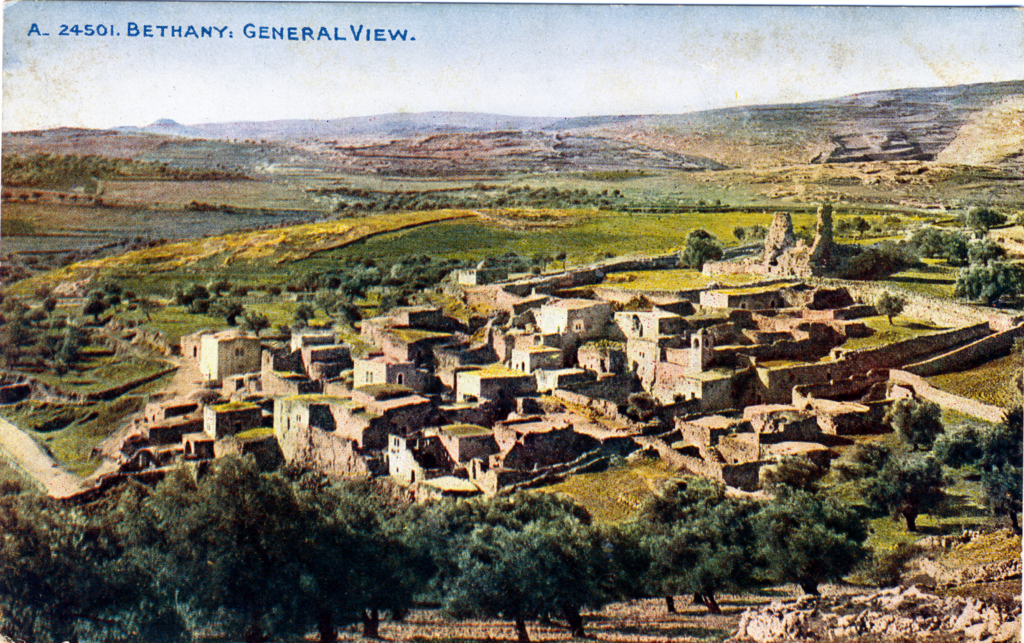
Postcard
This 8.6 x 13.9cm postcard printed on paper depicts a reproduction of a painting by an unknown painter showing a general view of Bethany and its surroundings.
Published and printed in London by Photochrom Co., Ltd. This postcard has been previously used and mailed. A vicar had acquired this postcard in the ‘Holy Land’, but it appears to have been sent from England by a lady called Geraldine to a Miss Jackson, here in London.
Explore More:
Spiritual Journey
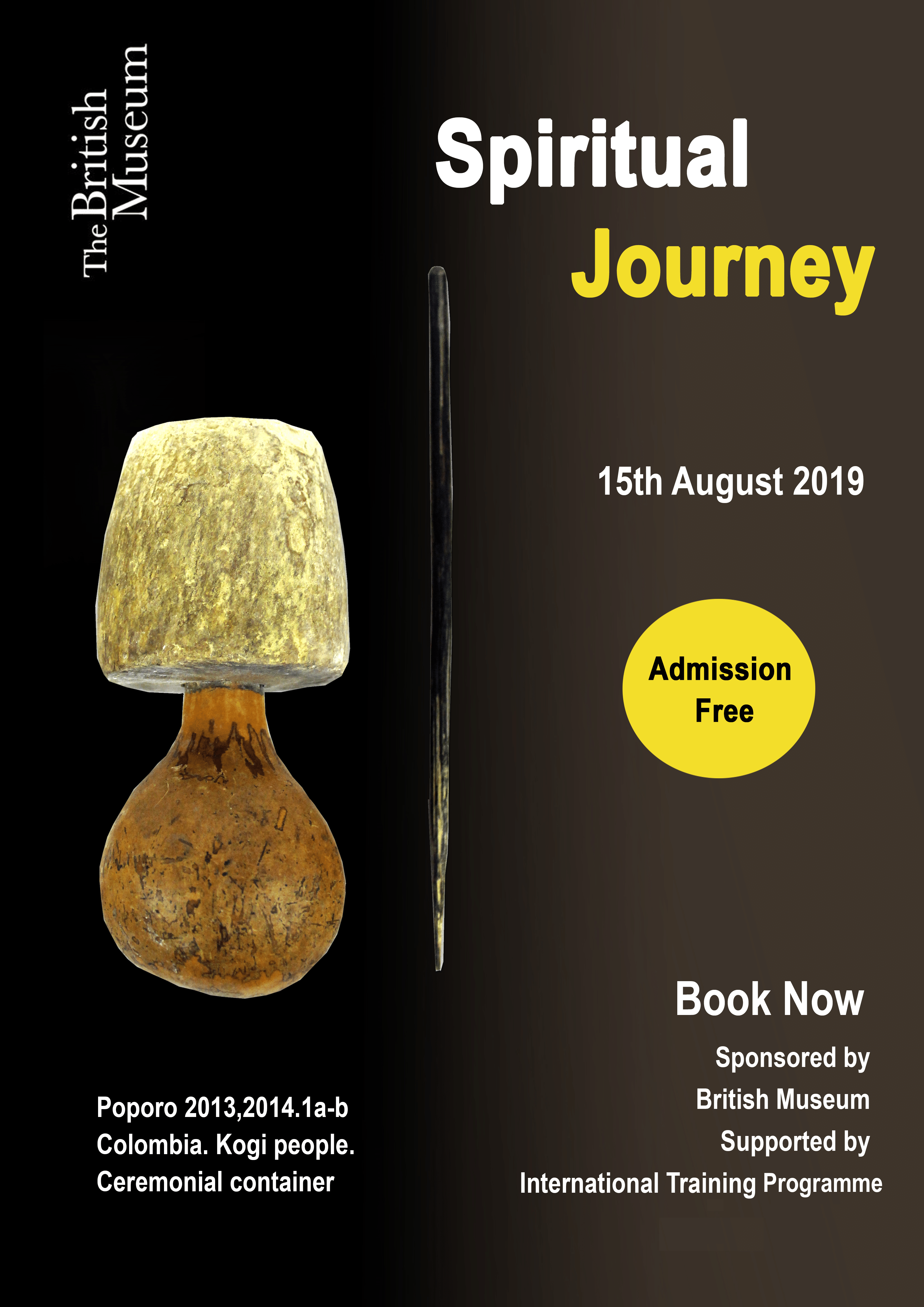
Poporo
The poporo is a rounded bottle made of gourd and accompanied by a wooden stick. The container is filled up with powdered lime from crushed sea shells. The stick is used to extract the powder and mix it with dried coca leaves in the mouth. Then, the stick is rubbed again.st the neck of the container, building up thin layers of lime.
This poporo shows thick layering, indicating that the user invested years in meditation. By these means, he could communicate with his ancestors and help keep the harmony between people and the Earth.
Explore More:
Life After Death
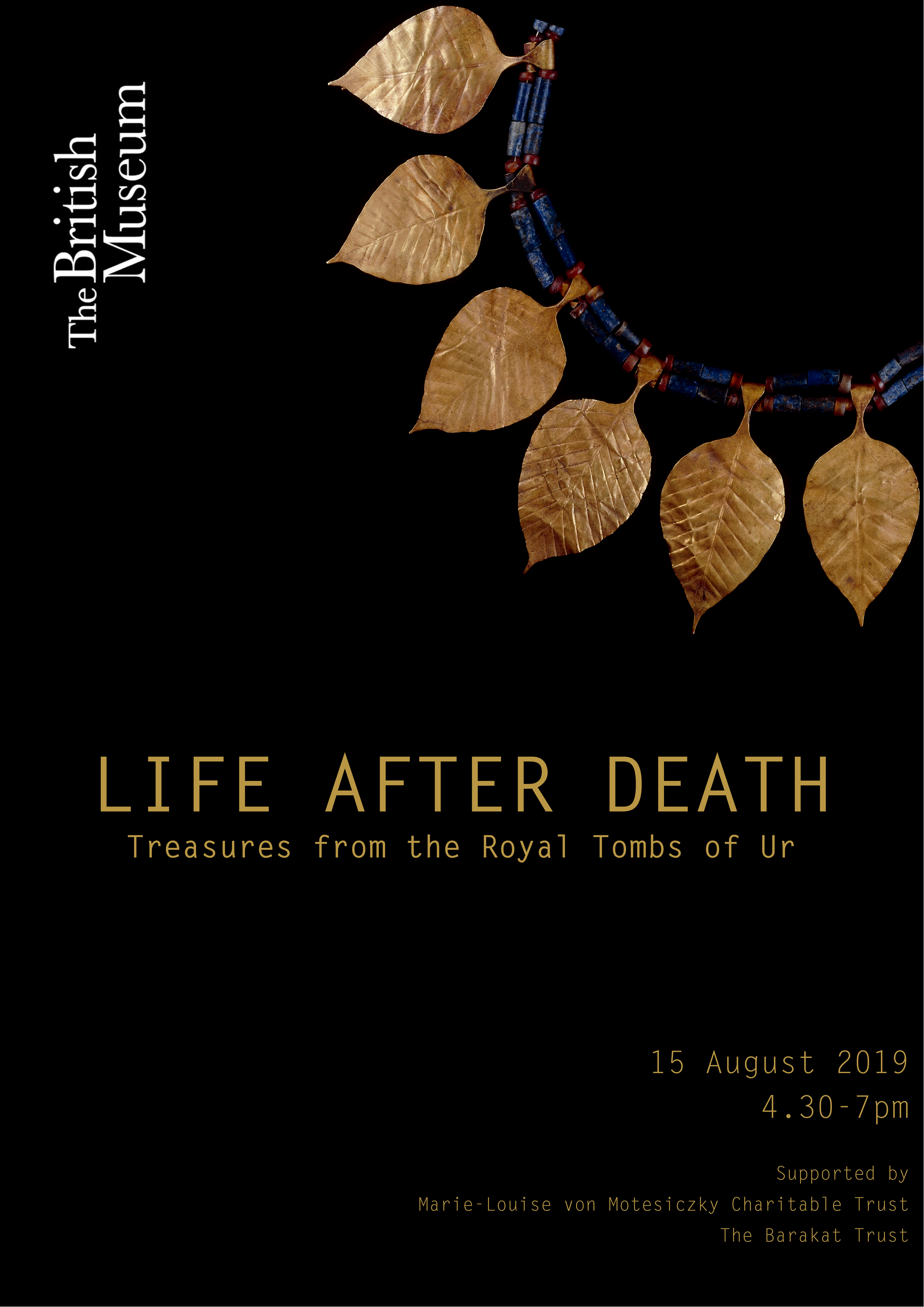
Treasures from the Royal Tomb of Ur
Funerary headdress from ‘The Great Death Pit’ at Ur
Royal funerals in Mesopotamia were public spectacles involving music, performance and feasting events that took place over several weeks. They marked the transition to the afterlife and reaffirmed traditional power structures in early cities.
This funerary headdress was found on the body of a female court attendant. It is made from two strands of lapis-lazuli beads from Afghanistan and carnelian beads from northwest India. The leaf-shaped pendants are made from imported gold. Ur was a large urban centre located near the Persian Gulf that controlled the trade in exotic goods.
Explore More:
Eternal Provisions for the Soul
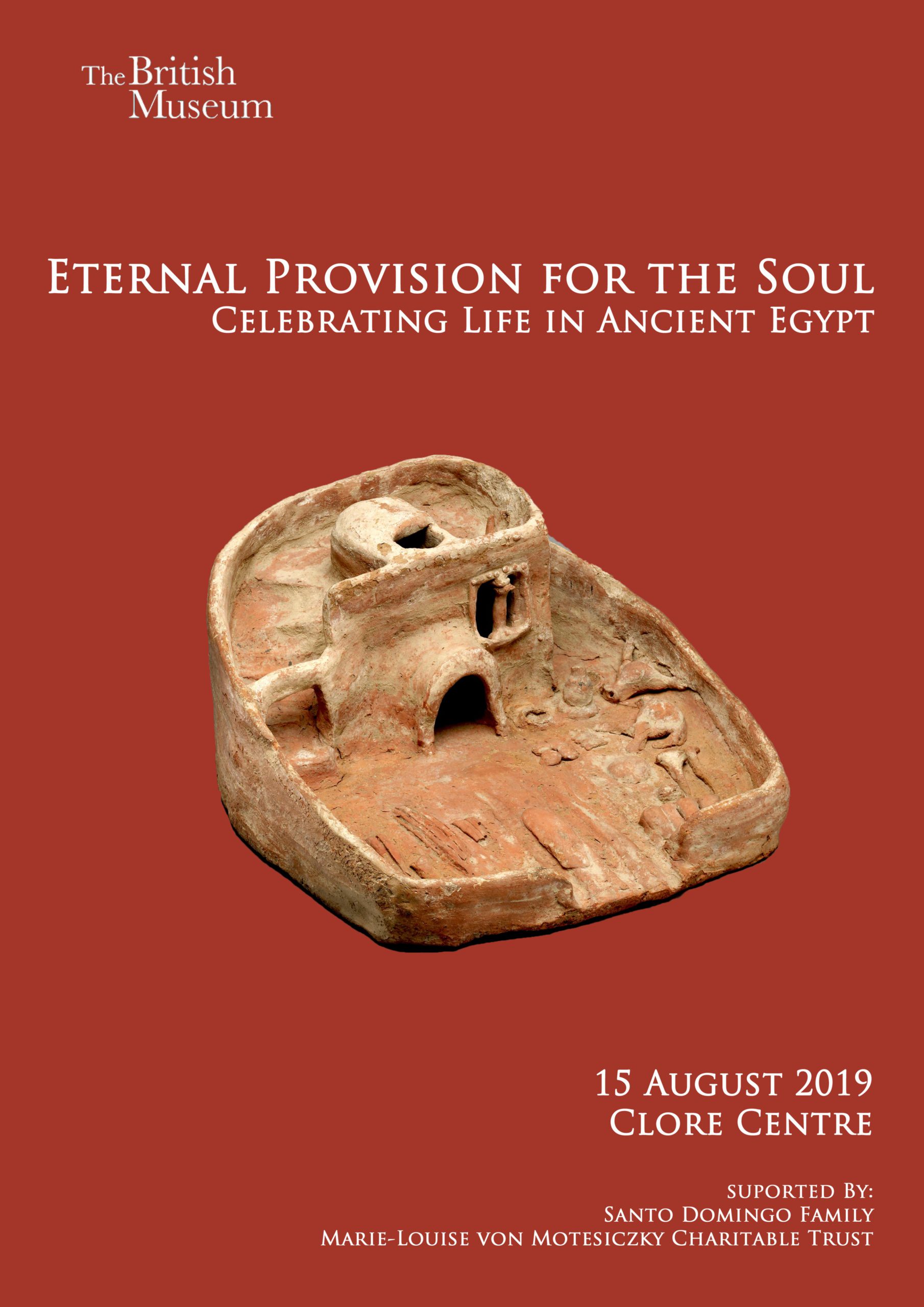
Celebrating Life in Ancient Egypt
Soul House
Soul Houses are pottery models of houses often showing food offerings. They were placed in ancient Egyptian tombs to supply provisions and housing for the soul of the deceased in the afterlife.
Food offerings, such as bread, fruits, vegetables and meat are represented in the courtyard of this model. These objects are a good source of information about the diet of ancient Egyptian people and their beliefs about life and death.
